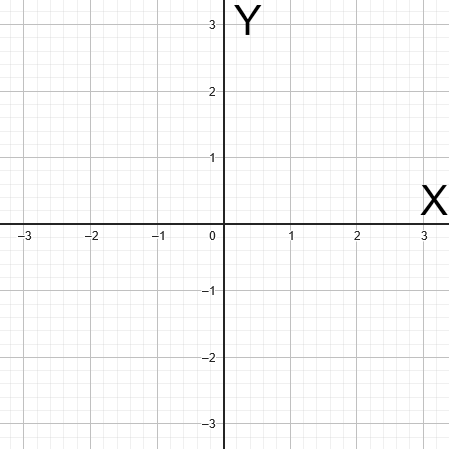Cartesian coordinate system
The Cartesian coordinate system, named after the French mathematician René Descartes, is a mathematical concept used to represent points in a two-dimensional or three-dimensional space. It consists of two axes that are perpendicular to each other.
In the two-dimensional Cartesian coordinate system, there are two axes: the X-axis and the Y-axis. The X-axis runs horizontally, and the Y-axis runs vertically. The point where the two axes intersect is called the origin and is represented by the coordinate pair (0, 0).
To determine a point in the coordinate system, the x and y coordinates are used. The x-coordinate indicates the horizontal position of the point relative to the origin, while the y-coordinate indicates the vertical position.
Positive x-coordinates are measured to the right, and negative x-coordinates to the left. Positive y-coordinates are measured upward, and negative y-coordinates downward.
Points in the coordinate system are typically noted in the form (x, y), where x is the x-coordinate and y is the y-coordinate of the point. For example, the point (2, 3) is located two units to the right and three units up from the origin.
The three-dimensional Cartesian coordinate system extends the two-dimensional system with an additional axis, the z-axis. The z-axis runs perpendicular to the xy-plane and allows the representation of points in three-dimensional space. The z-coordinate indicates the position along the z-axis.
The Cartesian coordinate system is a fundamental method for representing and analyzing geometric shapes, lines, surfaces, and vectors in mathematics and physics. It forms the basis for many mathematical concepts such as geometry, linear algebra, and analytical geometry.
